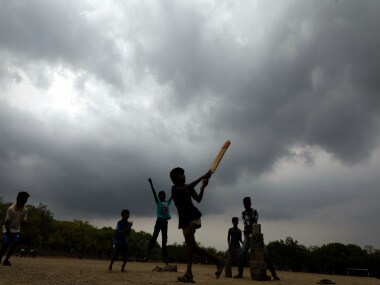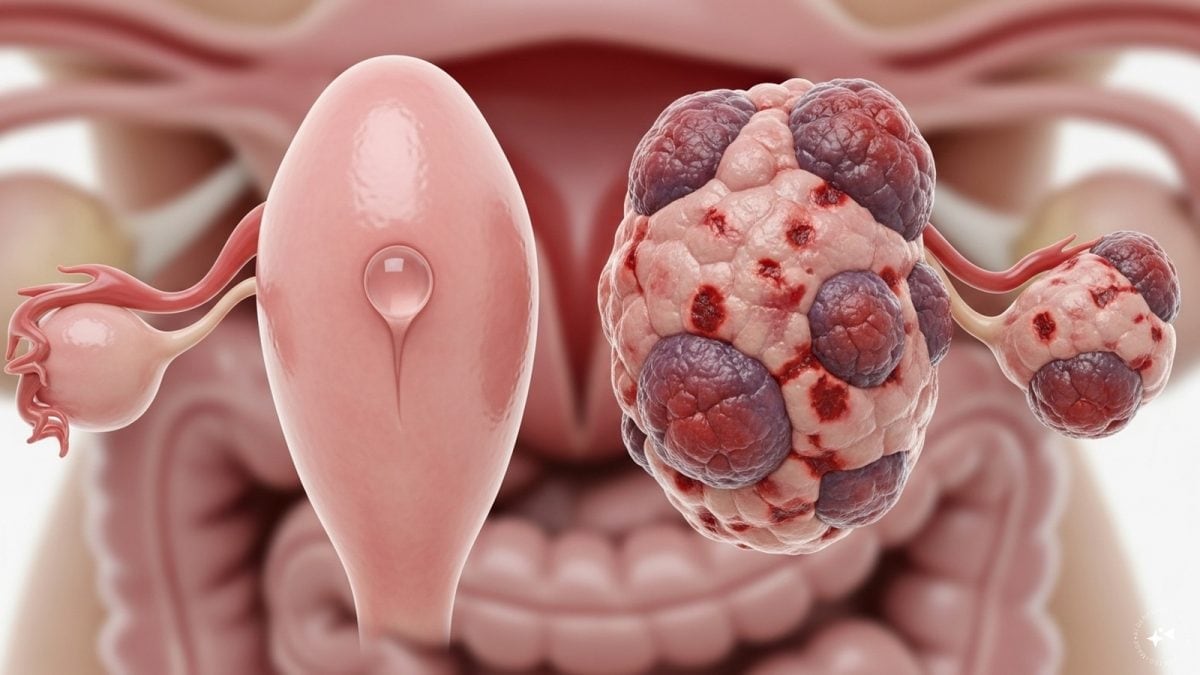Late last week, the World Health Organization (WHO) released a new study on physical inactivity among adolescents in 146 countries. Indian newspapers celebrated the findings, as we emerged as one of the least inactive nations: Indian children aged 11-17 are more active than the children in 138 countries. However, dig a little deeper, and the report says more than 70% of India’s adolescents and teens don’t even indulge in 60 minutes of moderate to vigorous activity through the day. Physical inactivity is one of the primary reasons for lifestyle diseases, from hypertension to diabetes and high cholesterol. Researchers have also linked it to heart disease and deteriorating brain function. [caption id=“attachment_7697271” align=“alignleft” width=“380”]  Representational image. Image source: Getty Images.[/caption] In this context, this study is a kind of crystal ball into the future health of India and Indians. Here’s what you need to know about the report:
Overview
Conducted by the WHO, and published in The Lancet, a peer-reviewed journal, this is the first-ever global trends study of its kind. The study found that globally 80% of schoolgoing adolescents have inadequate physical activity in their lives. Physical activity includes “time spent in active play, recreation and sports, active domestic chores, walking and cycling or other types of active transportation, physical education and planned exercise”. The study had 1.6 million children participating across 146 countries. It underlined a marked difference in physical inactivity among boys and girls; 78% of boys compared to 85% of girls were found to be inactive. The study was based on school surveys and self-reported data collected from 2001-16. Interestingly, there was no clear link between the development status of a country and the levels of physical activity.
India figures
Indian boys did better than the global average. The authors of the study attributed this to “national sports, such as cricket, which is frequently played unstructured in local communities”. However, 71.8% of Indian boys were reported insufficiently active. Similarly, 76% of girls were inactive. According to the report, this is “potentially explained by societal factors, such as girls being required to support activity and domestic chores around the home”.
Global report card
South Asia, and some wealthy Western countries such as the US, performed the best. Pacific Asia, Sub Saharan Africa were areas with the greatest concern. Bangladesh performed the best overall, South Korea the worst. The Philippines had the highest male adolescent inactivity on record. The trends showed that between 2001 and 2016 there has been a modest improvement in adolescent male physical activity but no overall improvement for adolescent girls.
Benefits of an active life
The health benefits of a physically active lifestyle are well established. They include “improved cardiorespiratory and muscular fitness, bone and cardiometabolic health, and positive effects on weight. There is also growing evidence that physical activity has a positive impact on cognitive development and socializing. Current evidence suggests that many of these benefits continue into adulthood”. This suggests that investing in a physically active lifestyle has long-term consequences for both physical and intellectual development.
Call to action
While India has emerged comparatively on top in the study, the overall, and indeed national trends, are worrisome. Last year, the WHO launched “More Active People for a Healthier World” - a programme that aims to decrease physical inactivity among adolescents globally by 15% by 2030. However, given the current data, this global target seems out of reach: adolescents need to be doing 60 minutes or more of moderate-to-vigorous activity a day to achieve this goal. “Countries must develop or update their policies and allocate the necessary resources to increase physical activity,” said Professor Fiona C. Bull, one of the co-authors of the study. “Policies should increase all forms of physical activity, including through physical education that develops physical literacy, more sports, active play and recreation opportunities – as well as providing safe environments so young people can walk and cycle independently. Comprehensive action requires engagement with multiple sectors and stakeholders, including schools, families, sport and recreation providers, urban planners, and city and community leaders.”
Some limitations
The study only included data from schoolgoing children since there was not enough data on out of school children. Additionally, the survey penetrance varied by income status; from 36% in low-income countries to 86% in high-income countries. The data was also entirely self-reported since data from wearable devices was insufficient. Given this, the India figures should be interpreted with caution. Before we celebrate our adolescents’ relative success on this metric, let’s also look at the sobering fact that many of them couldn’t participate in this study simply because they don’t go to school. Or that many girls across the world don’t get enough exercise simply because it’s not safe for them to venture out alone. Health articles in Firstpost are written by myUpchar.com, India’s first and biggest resource for verified medical information. At myUpchar, researchers and journalists work with doctors to bring you information on all things health. For more information, please read our article on Heart Disease_._


)

)
)
)
)
)
)
)
)



